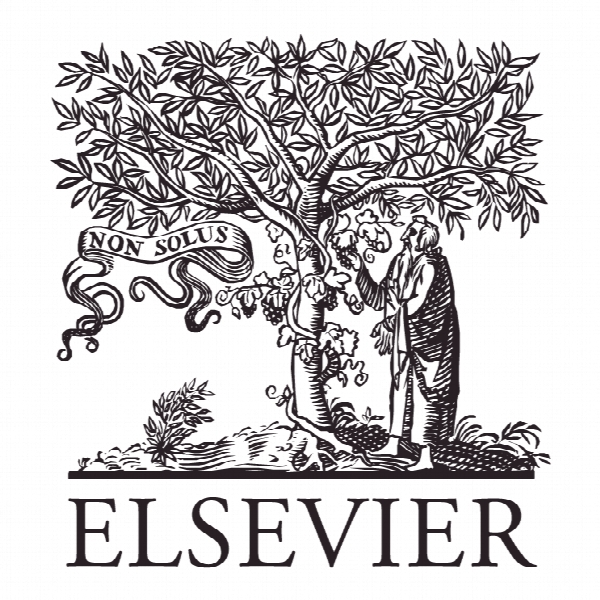هنجارهای ارتباطی در روابط مشتری و شرکت: اثرات خالص و پیکربندی Relational norms in customer–company relationships: Net and configurational effects
- نوع فایل : کتاب
- زبان : انگلیسی
- ناشر : Elsevier
- چاپ و سال / کشور: 2017
توضیحات
رشته های مرتبط مدیریت
گرایش های مرتبط مدیریت کسب و کار MBA
مجله تحقیقات بازاریابی – Journal of Business Research
دانشگاه دانشکده اقتصاد و مدیریت ژنو، ژنو، سوید
نشریه نشریه الزویر
گرایش های مرتبط مدیریت کسب و کار MBA
مجله تحقیقات بازاریابی – Journal of Business Research
دانشگاه دانشکده اقتصاد و مدیریت ژنو، ژنو، سوید
نشریه نشریه الزویر
Description
1. Introduction Studies in several research domains establish the role of norms in guiding individuals’ and organizations’ behaviors (e.g., Dwyer, Schurr, & Oh, 1987; Macneil, 1978; Noordewier, John, & Nevin, 1990; Rousseau & McLean Parks, 1993; Thibaut, 1968). Norms represent “a principle of right action binding upon the members of a group and serving to guide, control, or regulate proper and acceptable behavior” (Macneil, 1980, p. 38). Norms create social pressure toward compliance (Kaufmann, 1987), which can apply to different types of social groupings, ranging from entire societies to groups of individuals (Heide & John, 1992). Norms constitute an important dimension of commercial exchange relationships (Kaufmann & Dant, 1992; Kaufmann & Stern, 1988; Macneil, 1980). In commercial exchange dyads, norms reflect implicit codes of conduct that complement explicit contractual agreements and that govern exchange relationships by encouraging appropriate and discouraging deviant behaviors of exchange partners (Heide & John, 1992; Kaufmann, 1987; Pfeffer & Salancik,1978). Depending on what pattern of norms manifests between interacting partners, commercial exchanges may be characterized as (more or less) discrete or relational (Macneil, 1980). While discrete exchange norms “contain expectations about an individualistic or competitive interaction between exchange partners […], relational exchange norms are based on the expectation of mutuality of interest, essentially prescribing stewardship behavior, and are designed to enhance the wellbeing of the relationship as a whole” (Heide & John, 1992, p. 34). The present research further illuminates relational norms in commercial exchange relationships, with focus on exchanges between individual customers (i.e., consumers) and companies. Although research on relational norms is fairly extensive, the findings of prior studies most commonly relate to one form of commercial exchange, that is, interfirm exchange (e.g.Gundlach, Achrol, & Mentzer, 1995; Heide & John, 1992; Noordewier et al., 1990; Rokkan, Heide, & Wathne, 2003). However, empirical studies indicate that relational norms have vital roles in commercial exchanges between individual customers and companies as well (e.g. Aggarwal, 2004; Aggarwal & Law, 2005; Aggarwal & Zhang, 2006; Wan, Hui, & Wyer, 2011). Two primary research questions guide this study. The first research question relates to what factors contribute to the formation of relational norms in customer–company relationships. Existing work on relational norms has predominantly focused on the effects of norms, thus viewing norms as present in a relationship. However, a key question that has received only limited attention so far is how relational norms develop in commercial exchange dyads (e.g. Gundlach et al., 1995; Ness & Haugland, 2005). To answer this question, this research focuses on characteristics of the relationships as potential sources of relational norms development. Drawing on prior work on relationship strength (Dagger, Danaher, & Gibbs, 2009), the present study distinguishes between the quantity and the quality of relationships and examines the net effects and the configurational effects of relationship-quantity factors (i.e., relationship duration and contact frequency) and relationship-quality factors (i.e., satisfaction, commitment, and trust) on relational norms.


